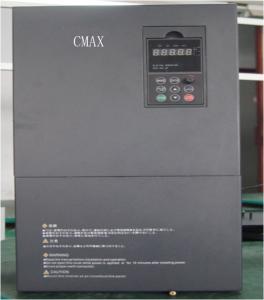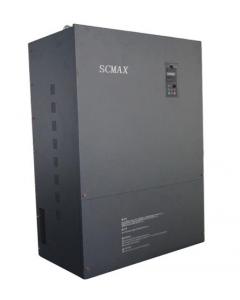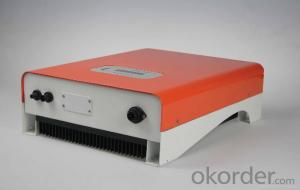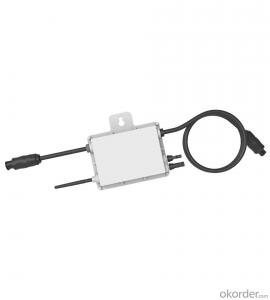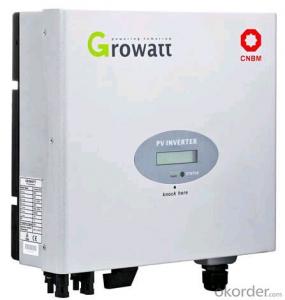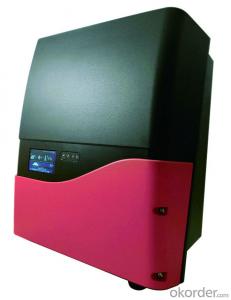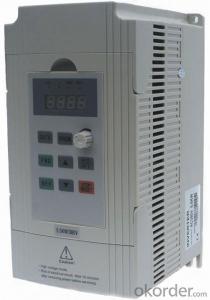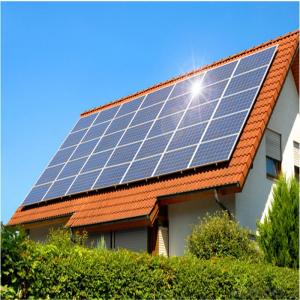3 In 1 Solar Inverter
3 In 1 Solar Inverter Related Searches
All In One Solar Inverter Solar All In One Inverter 3 Kilowatt Solar Inverter 3kw Inverter Solar 3kw Solar Inverter 3 Phase Solar Inverter 3 Phase Inverter Solar 3 Phase Solar Power Inverter Solar 3 Phase Inverter Best All In One Solar Inverter 3 Kva Solar Inverter Solar Inverter 3 Kw 3k Solar Inverter 3 Mppt Solar Inverter 3kv Solar Inverter 3kva Solar Inverter Solar Power 3 Phase Inverter Three Phase Solar Inverter 3 Phase Solar Battery Inverter 3kw Solar Hybrid Inverter Best All-In-One Solar Inverter 3 Phase Hybrid Solar Inverter 3 Phase Solar Pump Inverter 3kw Hybrid Solar Inverter Solar Inverter 3kva 3 Phase Solar Micro Inverter 1kw Solar Inverter 3 Phase Solar Hybrid Inverter 3-Phase Solar Inverter Best 3kw Solar Inverter3 In 1 Solar Inverter Supplier & Manufacturer from China
The 3 In 1 Solar Inverter is a versatile product that combines three essential functions in a single unit: MPPT charge controller, solar charge controller, and pure sine wave inverter. This innovative design allows for efficient power management and conversion, making it an ideal solution for various solar power systems. The 3 In 1 Solar Inverter is widely used in applications such as residential solar power setups, off-grid solar systems, and backup power solutions for businesses. Its compact design and multiple functionalities make it a popular choice for those seeking a reliable and efficient solar power solution.The 3 In 1 Solar Inverter is designed to cater to the growing demand for sustainable energy solutions, providing users with a reliable and efficient way to harness solar power. Its usage scenarios include powering homes, businesses, and even remote locations where traditional power sources may not be available. The inverter's ability to convert solar energy into usable power, combined with its advanced MPPT technology for optimal charging, makes it a valuable asset in any solar power setup.
Okorder.com is a leading wholesale supplier of the 3 In 1 Solar Inverter, offering a large inventory of this product to meet the needs of various customers. As a reputable supplier, Okorder.com ensures that the 3 In 1 Solar Inverter is of high quality and backed by excellent customer service. By partnering with Okorder.com, customers can be confident that they are receiving a reliable and efficient solar power solution that will help them achieve their energy goals.
Hot Products








